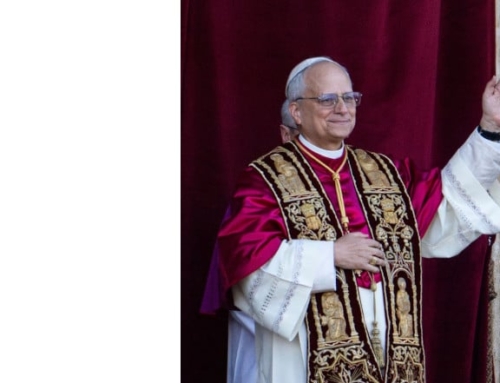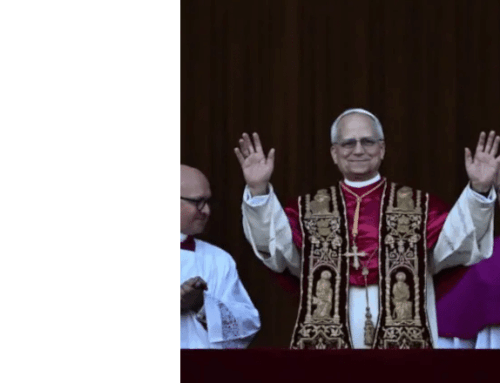The coronavirus pandemic led to thousands of deaths, overrun mortuaries, untold suffering, burnt-out hospital staff, economic hardship, and psychological distress. It also gave millions a time to renew their faith, or come back to it. But is prayer a reliable tonic? Yes. Is there scientific data to back it up? Yes.
One leading researcher, Dr. Herbert Benson of Harvard Medical School, holds that prayer and general stress management can reduce doctor visits by up to 50 percent. Most patients would agree. In a national survey, it was revealed that 35 percent of respondents used prayer for health concerns; 75 percent of these prayed for wellness, and 22 percent prayed for specific medical conditions. Perhaps most important, 69 percent of those who prayed for specific medical conditions found prayer very helpful. With data like this, it makes moot the convictions of skeptics: what matters is that “Hail Marys” work.
Many of the skeptics, of course, eschew any evidence that does not comport with their view of reality. Dr. Jeff Levin, an epidemiologist and former medical school professor, contends that the “resistance and hostility that some scientists and physicians show to this topic stem, I believe, from an unwillingness to consider explanations that undermine a strictly materialistic worldview.”
Perhaps the most controversial aspect of prayer and better well-being is whether praying for others actually has beneficial consequences. As it turns out, what is called “absent prayer,” or “intercessory prayer,” does yield positive outcomes. When people are asked to pray for a specific person, whom they do not know, but who is suffering from an illness, and the recipient of prayer has no knowledge that this is happening, most of these “double blind” studies show that patients who are prayed for improve better than those patients with the same condition but who did not have anyone pray for them.
One of the earliest and most prominent studies ever done on the health effects of intercessory prayer was conducted by Dr. Randolph C. Byrd in 1988. In a study of 393 people admitted to the coronary care unit at San Francisco General Hospital, the patients were divided into two groups.
Half the group was selected for intercessory prayer by devout Christians, and the other half received no such treatment; the patients were randomly assigned and neither the patients nor the health staff had a clue which was the experiential group and which was the control group. The former fared significantly better than the latter.
Two explanations are possible: praying for others works, or the results were due to chance. However, the odds that this was due to chance were one in 10,000. Those who did the praying were all devout Catholics and Protestants. Dr. Byrd concluded that these findings “suggest intercessory prayer to the Judeo-Christian God had a beneficial therapeutic effect in patients admitted to a CCU [coronary care unit].”
In a similar study done in 1999 of nearly 1,000 patients in the CCU at St. Luke’s Hospital in Kansas City, it was found that those who were unwittingly prayed for fared better than those who got conventional care alone. In 1998, similar conclusions were reached with AIDS patients in a study published in the Western Journal of Medicine: those who were prayed for did better than their non-prayed for counterparts.
Numerous scientific studies have found that prayer lowers depression and suicide rates. It even lowers blood pressure.
There was a big study published in 2006 of 1,800 patients that did not confirm what these other studies found. It was led by Dr. Benson so it cannot be dismissed. The patients were broken up into three groups: two were prayed for and the third was not. Half the patients were told they were being prayed for, and half were told they might receive prayers. This time the researchers found no difference between the various groups.
In 2007, however, a new study published by a professor from Arizona State University found the prayer had positive effects. It is an important study because it was a comprehensive analysis of 17 major studies on the effects of intercessory prayer.
The author, David R. Hodge, explained its significance. “This study enables us to look at the big picture. When the effects of prayer are averaged across all 17 studies, controlling for differences in sample size, a net positive effect for the prayer group is produced.”
In other words, most studies done on the efficacy of intercessory prayer show the power of prayer—it works.
We should expect scientists to rigorously assess the data from all studies, regardless of what the subject is. That is their job. But we should also expect them to be open-minded enough to say that some findings cannot be easily explained. With a little prayer, maybe they can figure it out.







